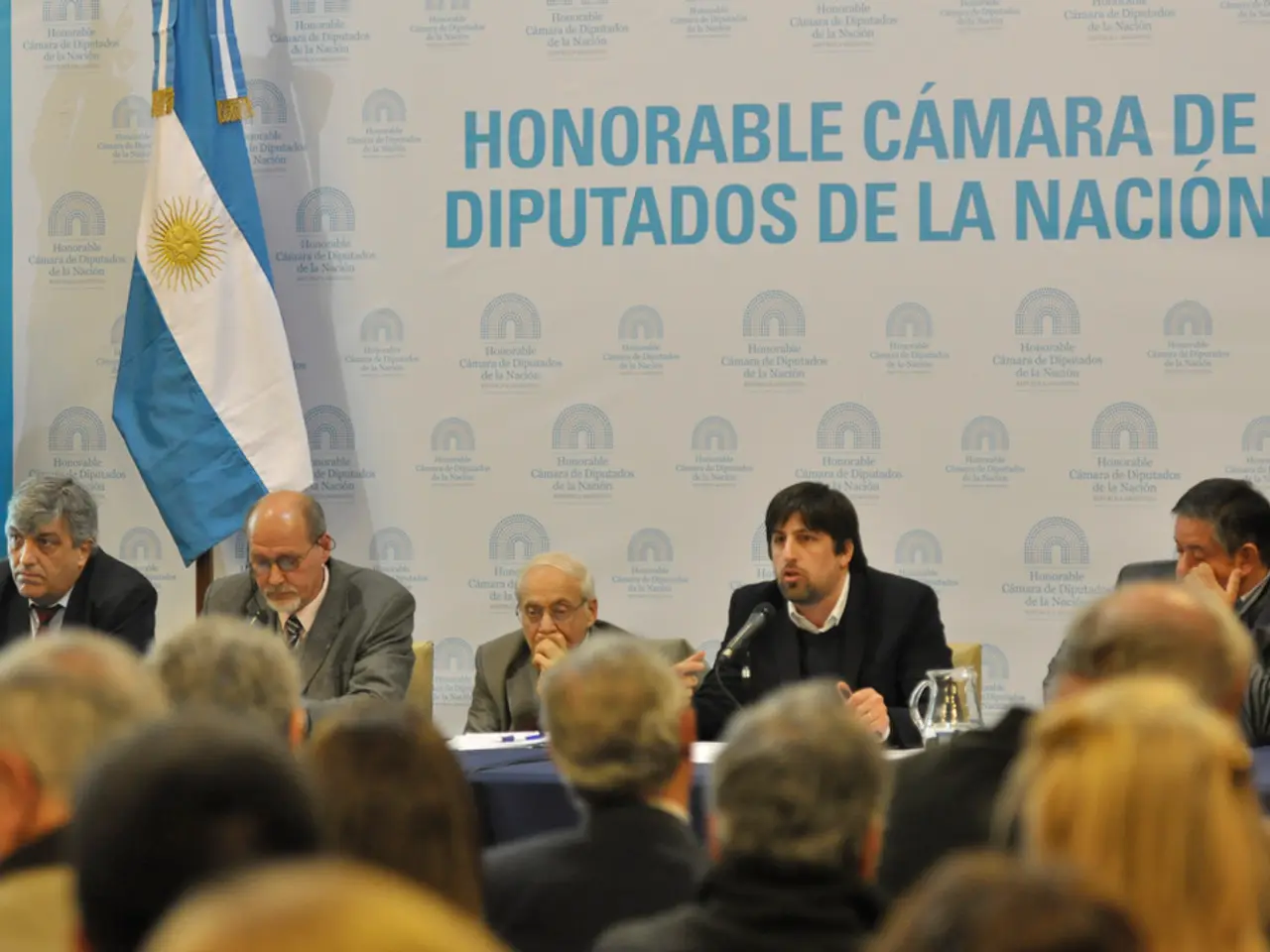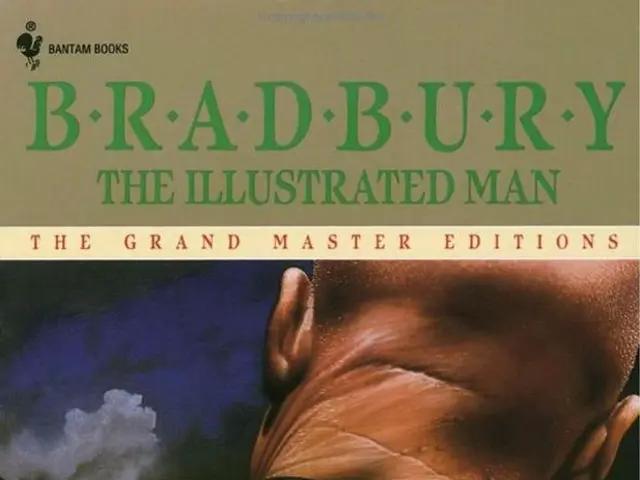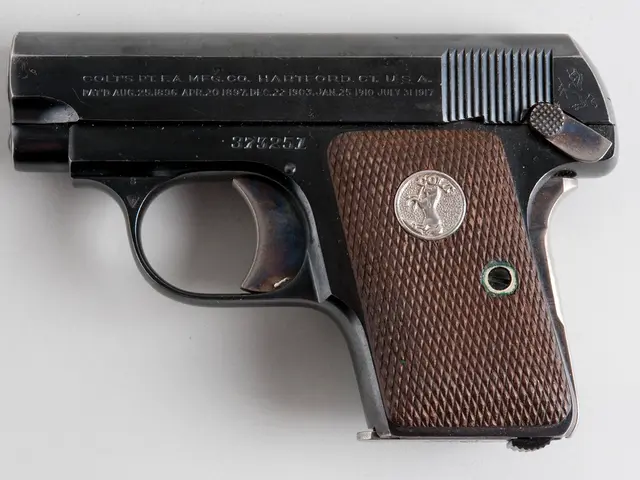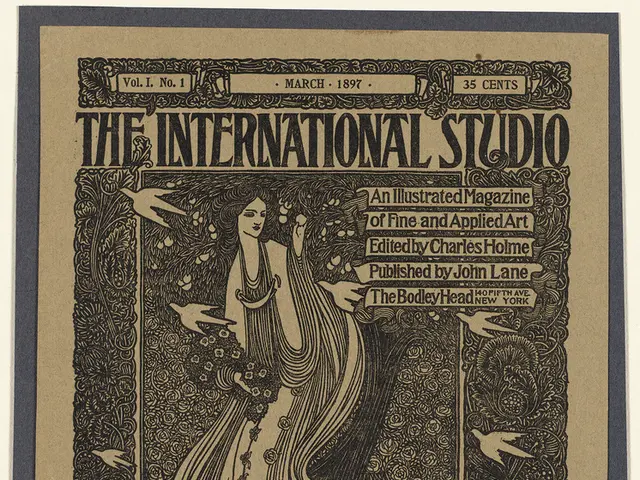Supreme Court Justice Impeachment: In-House Inquiry Mechanism Under Scrutiny
The Supreme Court has been embroiled in a controversy involving Justice Yashwant Varma. In March 2025, a significant amount of burnt and partially burnt cash was discovered at his residence, leading to impeachment proceedings. The in-house committee, an informal body constituted by the Chief Justice of India (CJI) for internal accountability, has been at the centre of this storm.
The in-house procedure, distinct from the inquiry committees established under the Judges (Inquiry) Act, 1968, was triggered following the discovery. Justice Varma was transferred to the Allahabad High Court and relieved of all judicial duties pending the inquiry. The in-house mechanism was established following the Supreme Court's 1995 judgement in Ravichandran Iyer v Justice A.M.Bhattacharjee, but its legality has been challenged.
Justice Varma argued that the in-house inquiry was an 'extra-constitutional mechanism' that infringed upon Parliament's exclusive authority to remove a high court judge. However, in August 2025, the Supreme Court dismissed his petition challenging the process. The same month, the Lok Sabha Speaker constituted a three-member parliamentary inquiry committee to investigate the allegations. The Rajya Sabha Chairman had already admitted an impeachment motion against Justice Varma in July 2025. In May 2025, an in-house inquiry committee found Justice Varma guilty of 'misconduct' and concluded he had 'covert or active control' over the cash.
The in-house committee's findings and the subsequent parliamentary inquiry have set the stage for potential action against Justice Varma. The Supreme Court's dismissal of his petition challenging the in-house inquiry process suggests that the court upholds the validity of this internal accountability mechanism.
Read also:
- American teenagers taking up farming roles previously filled by immigrants, a concept revisited from 1965's labor market shift.
- Weekly affairs in the German Federal Parliament (Bundestag)
- Landslide claims seven lives, injures six individuals while they work to restore a water channel in the northern region of Pakistan
- Escalating conflict in Sudan has prompted the United Nations to announce a critical gender crisis, highlighting the disproportionate impact of the ongoing violence on women and girls.








